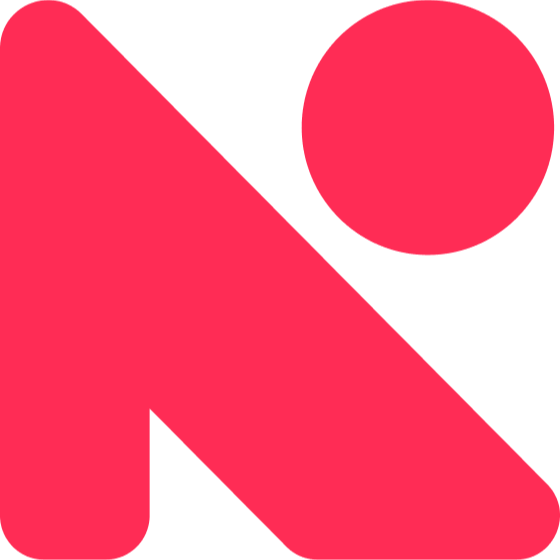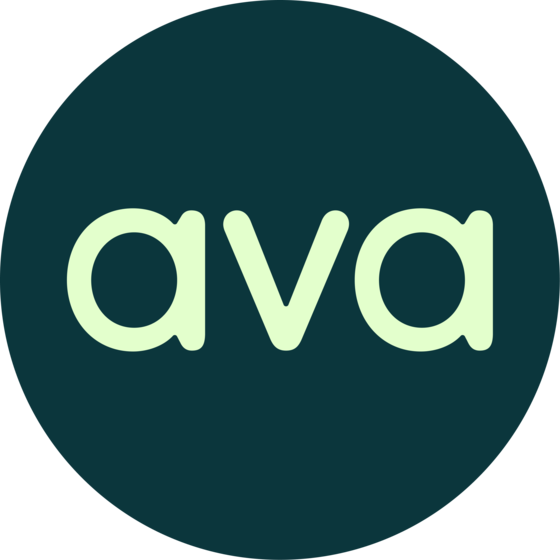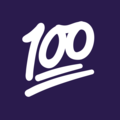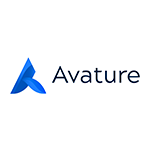JazzHR Review: Applicant Tracking System for 2025
JazzHR is a leading applicant tracking system (ATS) that streamlines the hiring process by managing job postings, resumes, interviews, and candidate management. As a trusted provider, JazzHR integrates with major job boards, including free job boards and platforms like LinkedIn, to expand your reach and attract top talent. It’s ideal for small businesses and mid-sized companies, particularly in industries like retail and hospitality, where hiring needs are frequent and varied.
In this article, you'll find insights into JazzHR features, pros and cons, best and worst use cases, pricing, and more. Whether you’re in human resources or talent acquisition, this review helps you determine if JazzHR aligns with your business goals.

JazzHR Evaluation Summary

- From $75/month
- 14-day free trial
Why Trust Our Software Reviews
JazzHR Overview
pros
-
Supports esignatures for smoother onboarding.
-
Real-time notifications for faster communication with team members.
-
Custom templates and permissions for greater flexibility.
-
Intuitive user experience with a clean dashboard.
-
Centralized management of job postings across multiple job boards.
cons
-
Limited integration with advanced HRIS platforms.
-
Customer support response times can vary.
-
Basic reporting may fall short for large enterprises needing in-depth metrics.
-

Native Teams
Visit WebsiteThis is an aggregated rating for this tool including ratings from Crozdesk users and ratings from other sites.4.9 -

Rippling
Visit WebsiteThis is an aggregated rating for this tool including ratings from Crozdesk users and ratings from other sites.4.8 -

Paylocity
Visit WebsiteThis is an aggregated rating for this tool including ratings from Crozdesk users and ratings from other sites.4.5
How We Test & Score Our Tools
We’ve spent years building, refining, and improving our software testing and scoring system. The rubric is designed to capture the nuances of software selection and what makes a tool effective, focusing on critical aspects of the decision-making process.
Below, you can see exactly how our testing and scoring works across seven criteria. It allows us to provide an unbiased evaluation of the software based on core functionality, standout features, ease of use, onboarding, customer support, integrations, customer reviews, and value for money.
Core Functionality (25% of final score)
The starting point of our evaluation is always the core functionality of the tool. Does it have the basic features and functions that a user would expect to see? Are any of those core features locked to higher-tiered pricing plans? At its core, we expect a tool to stand up against the baseline capabilities of its competitors.
Standout Features (25% of final score)
Next, we evaluate uncommon standout features that go above and beyond the core functionality typically found in tools of its kind. A high score reflects specialized or unique features that make the product faster, more efficient, or offer additional value to the user.
We also evaluate how easy it is to integrate with other tools typically found in the tech stack to expand the functionality and utility of the software. Tools offering plentiful native integrations, 3rd party connections, and API access to build custom integrations score best.
Ease of Use (10% of final score)
We consider how quick and easy it is to execute the tasks defined in the core functionality using the tool. High scoring software is well designed, intuitive to use, offers mobile apps, provides templates, and makes relatively complex tasks seem simple.
Onboarding (10% of final score)
We know how important rapid team adoption is for a new platform, so we evaluate how easy it is to learn and use a tool with minimal training. We evaluate how quickly a team member can get set up and start using the tool with no experience. High scoring solutions indicate little or no support is required.
Customer Support (10% of final score)
We review how quick and easy it is to get unstuck and find help by phone, live chat, or knowledge base. Tools and companies that provide real-time support score best, while chatbots score worst.
Customer Reviews (10% of final score)
Beyond our own testing and evaluation, we consider the net promoter score from current and past customers. We review their likelihood, given the option, to choose the tool again for the core functionality. A high scoring software reflects a high net promoter score from current or past customers.
Value for Money (10% of final score)
Lastly, in consideration of all the other criteria, we review the average price of entry level plans against the core features and consider the value of the other evaluation criteria. Software that delivers more, for less, will score higher.
JazzHR Specs
- API
- Application Tracking
- Behavioral Testing
- Budgeting
- Calendar Management
- Candidate Database
- Cognitive Testing
- Contact Management
- Custom Assessments
- Dashboard
- Dashboards
- Data Export
- Data Import
- Data Visualization
- Email Integration
- Employee Database
- Employee Onboarding
- External Integrations
- Feedback Management
- Forecasting
- Interview Scheduling
- Multi-Source Feedback
- Multi-User
- Notifications
- Personality Testing
- Psychometric Testing
- Scheduling
- Status Notifications
- Travel Management
JazzHR FAQs
What kind of analytics and reporting capabilities does JazzHR offer?
Can I customize the recruitment process in JazzHR?
Can JazzHR handle high volumes of applications efficiently?
Is there a mobile app for JazzHR, and what can it do?
How intuitive is JazzHR’s user interface for new hires?
How does JazzHR handle data security and compliance?
What kind of support does JazzHR offer if I run into issues?
How does JazzHR facilitate team collaboration during the hiring process?
What's Next?
To remain up to date on all the latest in people management, subscribe to our newsletter for leaders and managers. You'll receive insights and offerings tailored to leaders and HR professionals straight to your inbox.








